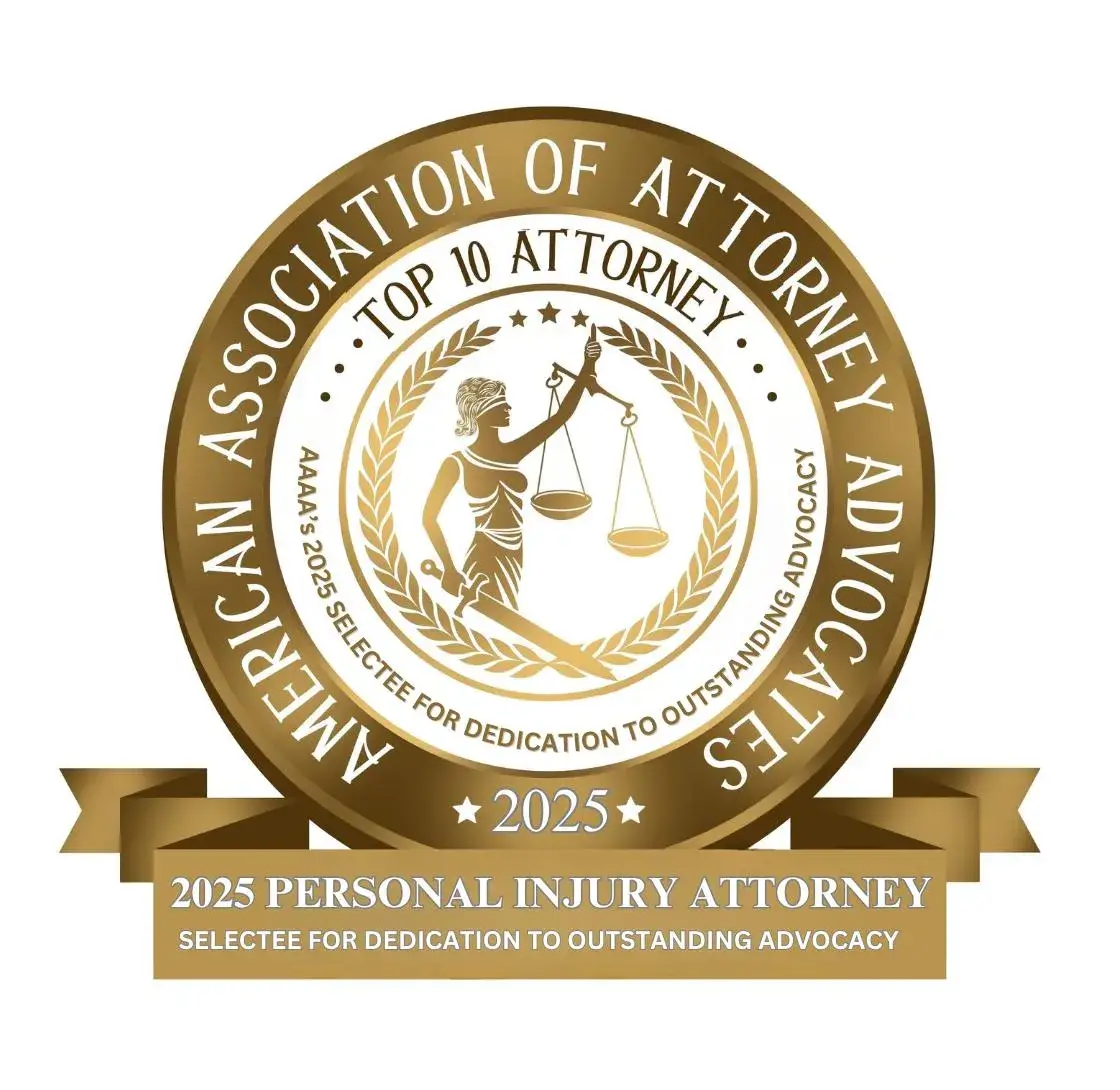Toys To Avoid This Holiday Season
Shopping for toys for family members and friends is an exciting time of the year. However, there are certain toys to stay away from this holiday season in the interest of children’s safety.
Size is extremely important when it comes to shopping for children’s toys. More than 50 percent of toy-related deaths in 2010 were associated with swallowing balloons, small balls, and parts of toys or games. High-powered magnets, button batteries, and coins all represent a serious choking hazard for small children around the holidays, as well as other small items. Items small enough for a child to choke on must be accompanied by a warning label explaining the choking danger; failure to include such a warning could open up the manufacturer to product liability claims.
Riding toys are another major contributor to toy-related injuries. If you buy a scooter, skateboard, or inline skates for an older kid this holiday season, make sure he or she has a helmet, elbow pads, knee pads, and wrist pads that fit (and that he or she will wear).
The Consumer Product Safety Commission estimates that 256,000 children were sent to the emergency department for toy-related injuries in 2013. The largest share of toy-related emergency department visits (43 percent) were due to lacerations, contusions, or abrasions (cuts and bruises). Nearly half of the estimated injuries were to the head and face area, which is the most commonly affected area of the body. Approximately 73 percent of these injuries happened to children 15 years of age or younger, 69 percent happened to children 12 and younger, and 33 percent happened to children under the age of 5.
Of the nine children who were killed in toy-related accidents in 2013, riding toys were associated with two of them and the vast majority (seven) were asphyxiation-related.
Toys in the U.S. have gotten remarkably safer, even in just the past few years. There were 30 toy-related recalls in 2013, compared to 172 in the year 2008. The Consumer Product Safety Commission is working closely with Canada and Mexico to ensure that the $800 million in toys, games, and children’s vehicles imported every year are kid-friendly—in addition to being wallet-friendly. In conjunction with U.S. Customs and Border Protection, CPSC works to keep quality standards high, removing more than 11 million units of 3,600 different toys in the last six years that violated U.S. product standards. CPSC has implemented joint industry training, coordinated consumer education, and joint recall announcements to improve children’s safety this holiday season.
“We are all working together this holiday season with one goal in mind—that the toys North America’s parents bring home for their children are safe,” said CPSC Chairman Elliot F. Kaye. “Our work with Health Canada and Profeco will continue to strengthen the marketplace and build consumer confidence in the safety of the North American marketplace, especially for children’s toys.”


















